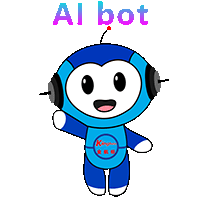Service hotline
+86 0755-83975897
 en
en Release date:2025-02-20Author source:KinghelmViews:1783

Technological innovations have always enabled farmers to tackle new challenges, and today is no different.
The lynchpin technology making these methods possible is the Internet of Things (IoT) in the form of devices usually attached to farming equipment or animals that track and relay valuable data to farmers in real-time, helping them increase yields, improve livestock health and conserve water, among many other benefits.
IoT-enabled smart farming uses sensors to gather environmental data, which is transmitted via ruggedized gateways to farmers over the Internet. These gateways link sensor networks and cameras, ensuring seamless data flow. IoT modules connect gateways to cellular networks and other field devices, facilitating comprehensive connectivity and data exchange.
Precision agriculture, enabled by IoT, enables farmers to monitor and adapt to changing conditions to enhance crop yields and reduce waste. It allows for precise measurement and management of field variability, including pest behavior and planting conditions. Historical data helps farmers make informed decisions on seed selection, optimal planting times, and harvest schedules. Precision agriculture also extends to tracking farm equipment such as tractors and harvesters.
Smart irrigation, facilitated by IoT, enhances water monitoring and management in agriculture, promoting efficiency and reducing waste for better crop yields. Real-time data from IoT-connected systems helps farmers understand their water usage, enabling precise scheduling of irrigation to prevent both underutilization and overwatering. Advanced systems can autonomously detect and respond to issues like leaks by alerting farmers and shutting off affected pipes, minimizing water loss. These innovations not only aid compliance with regulations but also support environmental sustainability.
Just as precision agriculture helps farmers optimize crop yields, so can IoT devices allow farmers to take immediate action should any issue arise, improving livestock health significantly. In particular, farmers will attach wearable devices with connected sensors to their livestock. These wearable monitoring devices stream data to the cloud, allowing farmers to monitor many variables remotely.
IoT-enabled agricultural applications are poised to transform farming by addressing current challenges. Their effectiveness hinges on stable connectivity via wireless technologies such as cellular LPWA, 4G, Wi-Fi, and Bluetooth. Continuous access to these technologies is essential for IoT devices and sensors to collect and transmit data reliably. As cellular coverage expands and connectivity costs decrease in the US, these IoT-powered farming solutions are expected to become more widespread.
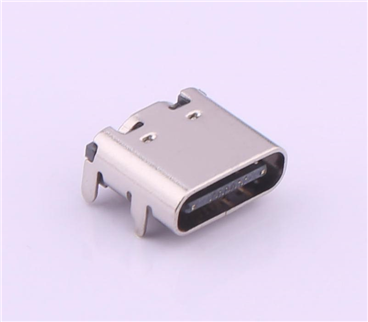
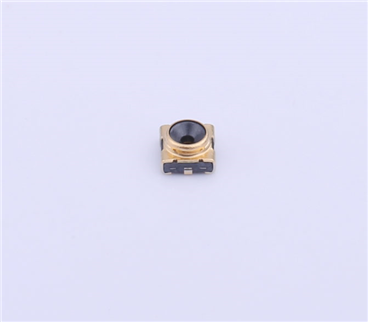
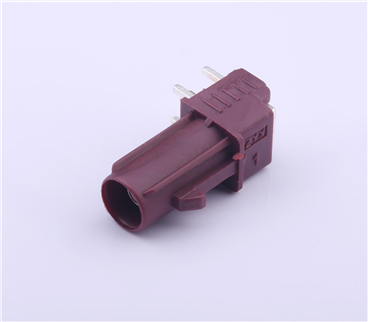
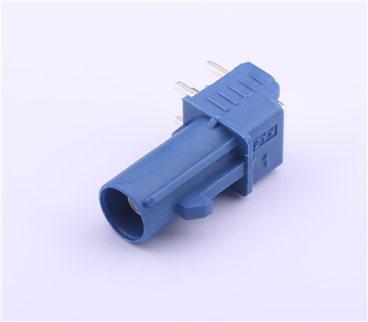
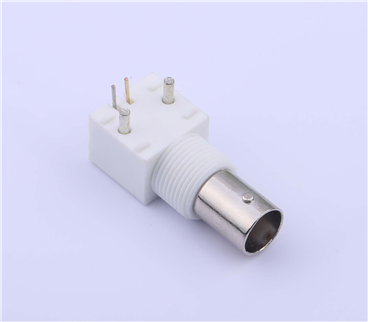

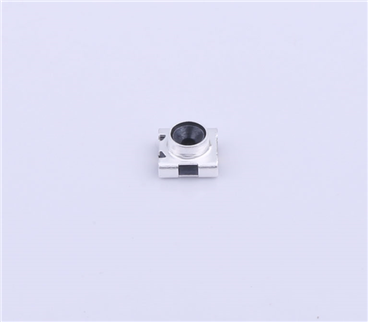
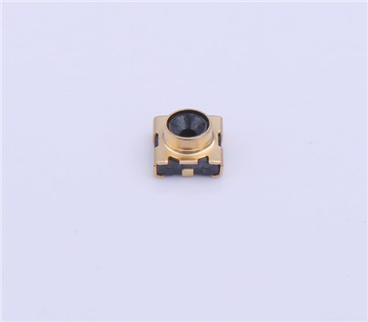
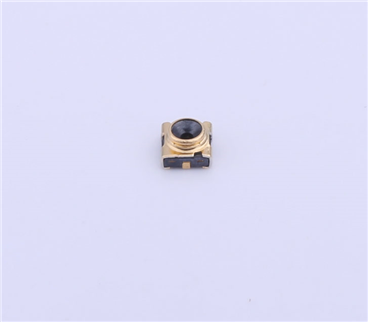
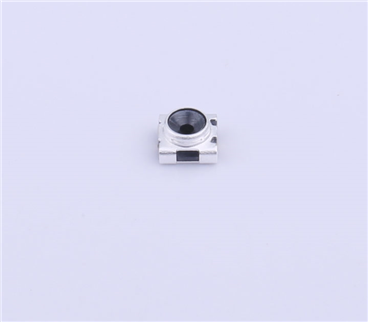
Copyright © Shenzhen Kinghelm Electronics Co., Ltd. all rights reservedYue ICP Bei No. 17113853
